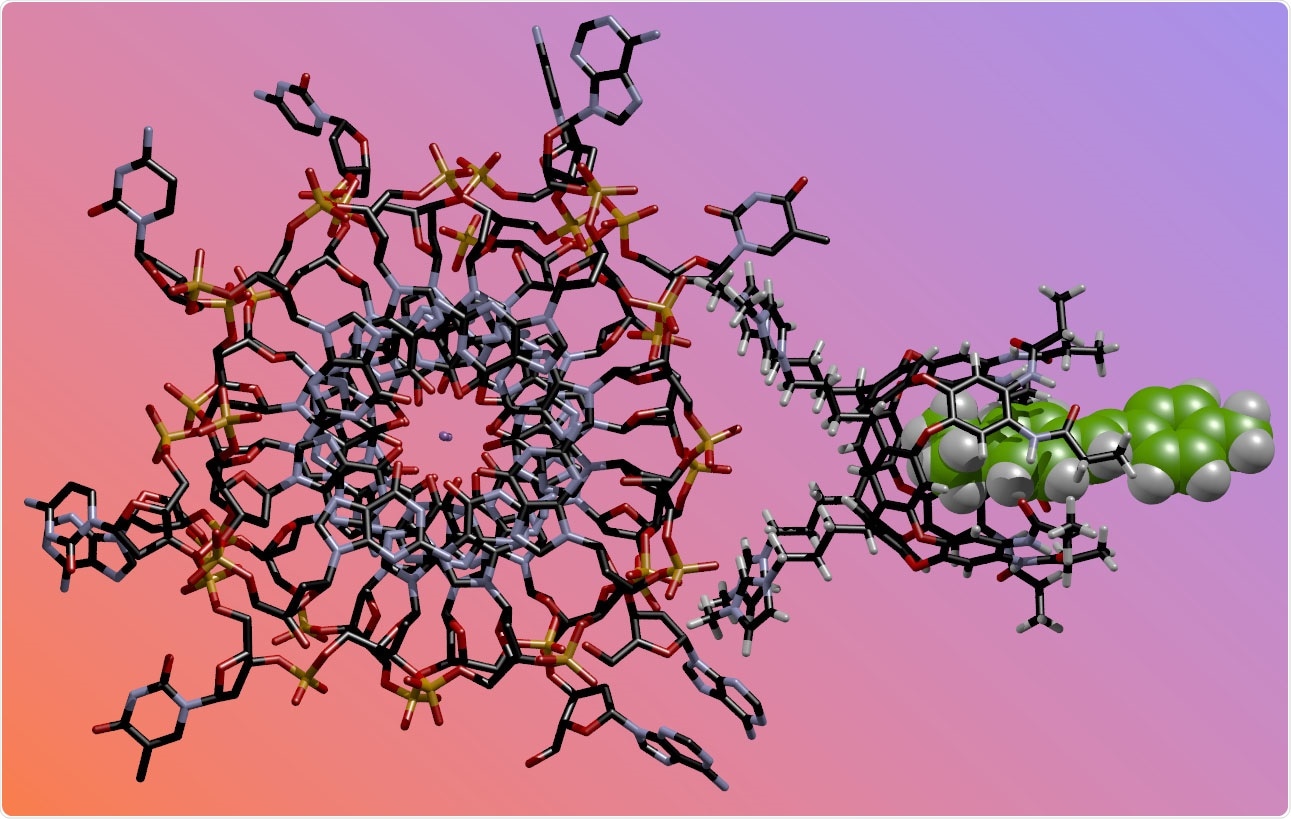Small variations in the structure of DNA have been related to breast cancer and other diseases, but they have been incredibly hard to find so far.

“Chemical nose” system used to detect G-quadruplex structures in DNA. Image Credit: Richard Hooley/University of California-Riverside.
UC Riverside chemists can “smell” when pieces of DNA are folded in unusual forms by using what they call a “chemical nose.” The work they did to design and demonstrate this method was published in the journal Nature Chemistry.
If a DNA sequence is folded, it could prevent the transcription of a gene linked to that particular piece of DNA. In other words, this could have a positive effect by silencing a gene with the potential to cause cancer or promote tumors.”
Wenwan Zhong, Study Author and Professor of Chemistry, University of California-Riverside
DNA folding, on the other hand, may have a negative impact.
DNA folds could potentially keep viral proteins from being produced to minimize immune response.”
Wenwan Zhong, Study Author and Professor of Chemistry, University of California-Riverside
To investigate how these folds can affect living beings, either negatively or positively, scientists must first identify their presence. To do this, UCR organic chemistry professor Richard Hooley and his collaborators updated a concept commonly used to detect chemical components in various vintages of wine.
The system’s chemicals could be engineered to search for almost any kind of target molecule. However, the way the “nose” is usually used, it is incapable of detecting DNA. Only after Hooley’s team added extra, nonstandard components could the nose sense out its target DNA.
Humans detect smells by inhaling air containing odor molecules that bind to multiple receptors inside the nose. Our system is comparable because we have multiple receptors able to interact with the DNA folds we’re looking for.”
Richard Hooley, Professor, Organic Chemistry, University of California-Riverside
The chemical nose is made up of three parts: fluorescent guest molecules, target DNA, and host molecules. The guest glows when the necessary folds are present, warning scientists of their existence in a sample.
The four nucleic acids that make up DNA are adenine, cytosine, thymine, and guanine. These acids mostly form a double helix arrangement that looks like a ladder. At times, guanine-rich regions fold in a different way, resulting in a G-quadruplex.
The parts of the genome that shape these quadruplex structures are incredibly complex, but UC Riverside researchers found that their folds are known to control gene expression and play an important role in cell health.
The research team tried to show that they could identify a certain form of quadruplex made up of four guanines in this study. After that, Zhong said that the research team would continue expanding on their success.
“Now we think we can do more. There are other three-dimensional structures in DNA, and we want to understand those as well,” said Zhong.
The researchers would look at how forces that disrupt DNA influence how it folds. They will also investigate RNA folding since RNA serves essential roles in cells.
“RNA has even more complex structures than DNA and is more difficult to analyze, but understanding its structure has great potential for disease research,” concluded Zhong.
Source:
Journal reference:
Chen, J., et al. (2021) Selective discrimination and classification of G-quadruplex structures with a host–guest sensing array. Nature Chemistry. doi.org/10.1038/s41557-021-00647-9.